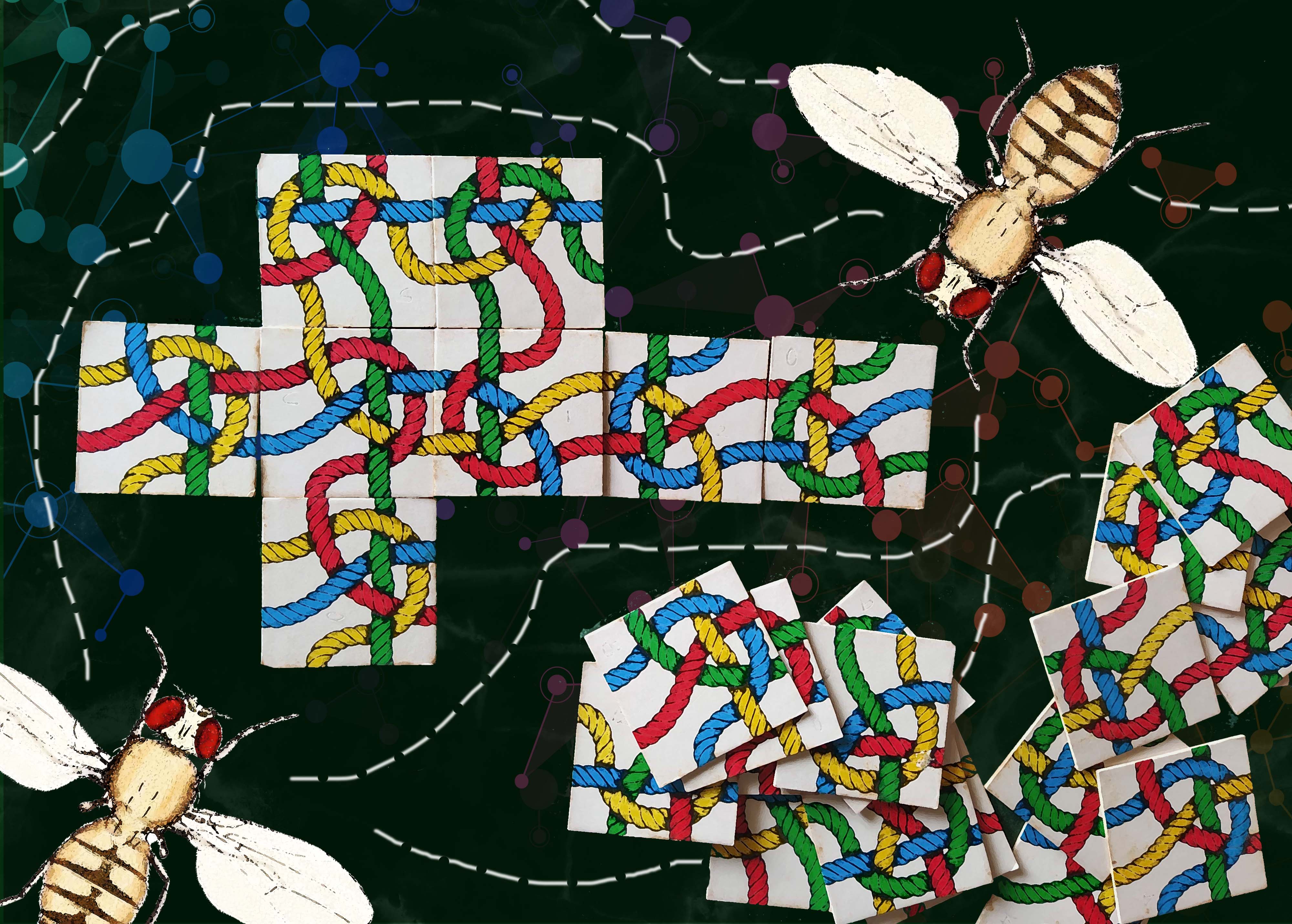Fruit flies might be a nuisance to most people, but biologists have long valued them as an experimental model organism. Having even ventured into outer space successfully, these humble fruit flies (Drosophila melanogaster) have been used by a large number of researchers to address fundamental questions in genetics and physiology. Fruit flies are not only easy to grow and maintain, but also are similar to us humans in many ways. In fact, 70% of human disease genes have homologs in the fly genome, making it a very valuable model system to study human biology.
Over the years, numerous Drosophila biologists have painstakingly generated a large number of genetic resources and have made them easily available for research worldwide. Their concerted efforts make it possible to study almost any question in biology using Drosophila.
The Fly Facility at the Bangalore Life Science Cluster is a unique facility that offers numerous services to Drosophila researchers. A large part of these services includes engineering the genome of the flies using specific intracellular molecular tools, such as endonucleases and integrases. One of the tools the facility specialises in is CRISPR-Cas9. In nature, CRISPR has evolved in bacteria as an acquired immunity response against viruses, where viral DNA is cut by bacterial CRISPR machinery. This system has been successfully repurposed in various organisms for genetic engineering. A clear sign of its game-changing potential, the Nobel Prize in Chemistry 2020 was awarded to Drs J Doudna and E Charpentier for their work on CRISPR-Cas9 as a genome engineering tool. This technology allows for editing genes, economically and faster than earlier methods, and has become a method of choice for many. The Fly Facility, led by Dr Deepti Trivedi, welcomed this technology early on, and has been providing these services with different variations for the last five years.
In a recent paper published in eLife, the facility, in collaboration with the lab of Prof Raghu Padinjat, generated a CRISPR-based tool kit for 103 genes. These genes were chosen on the basis of their roles, either known or speculated, in a specific intracellular signaling pathway, phosphoinositide (PI) signaling. Prof Padinjat’s lab has a long-standing interest in PI signaling, considering its importance in several human physiology and disease-relevant cellular processes. These PIs are concerned with the regulation of several important biological processes, related to cell function, development, and the organisation of tissues, including growth and ageing.
CRISPR tools generated in the Fly Facility which target the PI signaling pathway allow for the manipulation of genes in specific tissues and developmental stages of choice. This is especially useful for genes that are essential for fly development, because if these genes are mutated in the full body, it would lead to organismal death. To show the usefulness of the toolkit, the team deleted all the 103 genes individually in Drosophila eyes and observed that many of these mutations cause defects in eye development. Previous studies from other groups across the world have illustrated the importance of discoveries made using the fly eye in the understanding of many diseases, including cancer and neurodegeneration.
“Since it is a key element of controlling the organization of animal cells, PI signaling is involved in various seemingly unrelated diseases, including cancer, diabetes, and neurological disorders. The fruit fly is a great model for scientists to perform genetic screens, because of its compact genome. For most proteins there is one gene in flies, unlike humans that have multiple genes for the same function,” says Prof Padinjat.
Dr Trivedi says, “Although the Drosophila system is simpler, PI signaling is complex. Since PI signaling is important for a large number of cellular processes, and each type of PI molecule controls multiple processes, this tool kit will help untangle the specific downstream signaling events. Imagine these pathways to be like Rubik’s Tangles, each tissue type having a completely different puzzle to solve. In Rubik’s Tangles, there is only one solution, but at every step several pieces seem plausible. Of course, the living system is not as clean as Rubik’s Tangles, but this tool kit will allow us to untangle many such questions in a tissue specific manner.”
The PI signaling tool kit generated at the Fly Facility equipped the facility with the knowledge and technical expertise for not only large-scale CRISPR related molecular biology and genetics work, but also in genetic screening based on eye and wing phenotypes. “We are now eager to do more large-scale projects involving genome engineering and I am confident that the entire Fly Facility team is ready to take up more challenges in the coming year,” adds Dr Trivedi.
Image credit: Deepti Trivedi










0 Comments